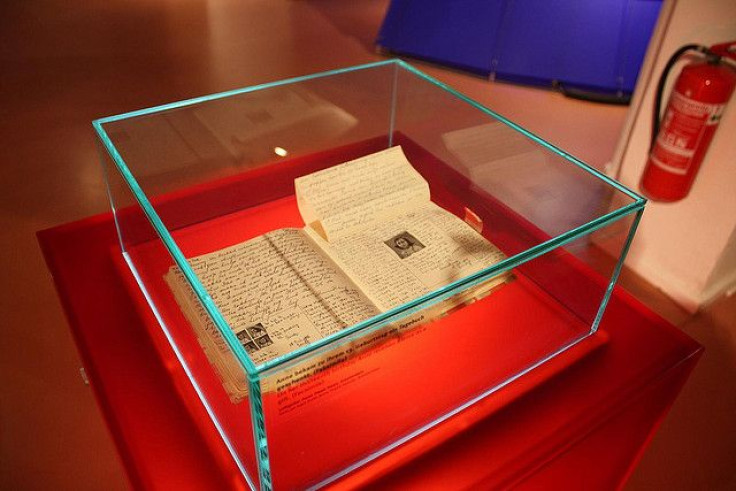Anne Frank's Birthday 2015: Key Facts To Know About The Life, History Of Famous Diarist Who Died During Holocaust

Anne Frank penned perhaps the most well-known diary of the 20th century, a piece of modern literature that is still required reading in schools, decades after its publishing. On the anniversary of her birth, we looked at why we still read her today.
Born on June 12, 1929, Annelies Marie Frank lived in Frankfurt, Germany, until she was 5 years old. After the Nazis took over in 1933, her Jewish family fled to Amsterdam. In July 1942, just over two years after the Nazis occupied that country, the Frank family was forced into hiding, taking refuge in a secret attic apartment, according to the website for the United States Holocaust Memorial Museum.
Friends of her father, Otto Frank, helped sneak essentials such as food and clothing into the apartment. But on Aug. 4, 1944, after an anonymous source told the German secret police about the hiding place, it was raided, and Anne Frank and her family were arrested. The following month, the family was sent to Auschwitz, the infamous concentration camp in Poland. In October, Anne Frank and her sister Margot were transferred elsewhere, to a labor camp named Bergen-Belsen in Germany.
They would not live much longer. In March 1945, both sisters died after contracting typhus, a bacterial illness that can often occur in crowded or unsanitary conditions.
So when did Anne write her famous diary, of which 30 million copies have been sold and which has been translated into nearly 70 languages? She wrote it in a notebook given to her by her father for her 13th birthday (it was actually an autograph book) during the time she and her family lived in the attic hideaway. She even edited parts of it in the hopes that it might someday be published, according to the website for the Anne Frank Museum. After the family was arrested, it was found and kept by a friend of the family, awaiting Anne’s return. It was eventually published thanks to her father, the only member of the immediate family to have survived, in June 1947.
As one Dutch publisher wrote, “This apparently inconsequential diary by a child…stammered out in a child’s voice, embodies all the hideousness of fascism, more so than all the evidence at Nuremberg put together.”
© Copyright IBTimes 2024. All rights reserved.












